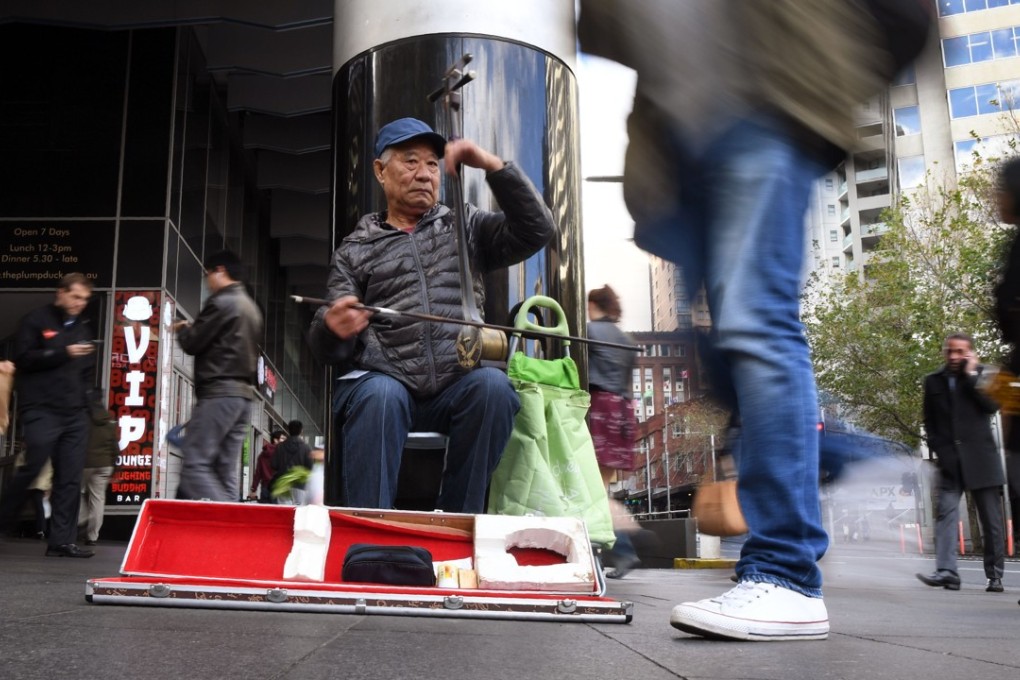Should Australia fear an influx of Chinese?
Most suspicions about the country being ‘swamped by Asians’ are overblown, but changing demographics are becoming evident as Chinese immigrants outnumber Europeans for the first time

Some 20 years ago a rookie independent politician from Queensland quickly shot to fame and power, forming her own political party as she insisted that Australia was in danger of being “swamped by Asians”. That was Pauline Hanson, who after a tumultuous career is in parliament again, but she has remained quiet on Australia’s demographic changes this time.
But Australia has hardly been swamped – only 500,000 people in the country were born in China out of a population of 23.7 million – but its demographics are changing fast at a time when ties with China, its largest trade partner, are under a microscope.

The Australian Bureau of Statistics wrote this week that after English, “the next most common languages spoken at home were Mandarin, Arabic, Cantonese, and Vietnamese”. Half of all Australians were either born overseas or have one or both parents who were. The median age for those with an Asian heritage is 35 and under.
Frenzied Australian media fears foreign influence – ‘China’ foreign, not ‘US’ foreign
According to other statistics, Australia received more than 300,000 Chinese migrants from 1981 to last year, and over half arrived between 2001 to 2011, when the last census was held.